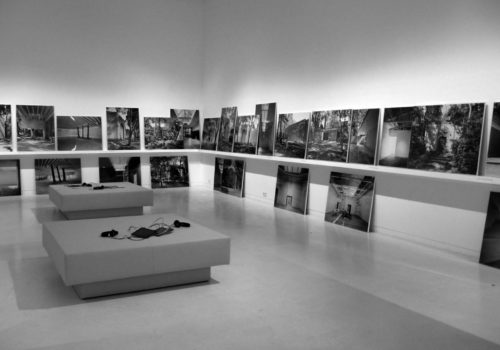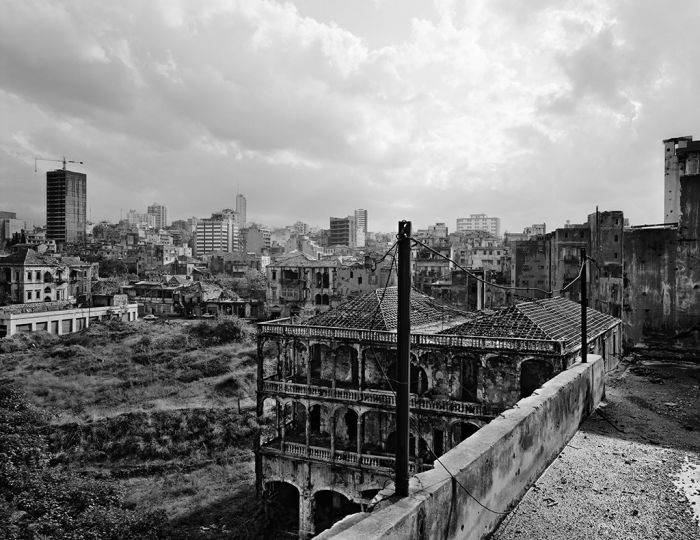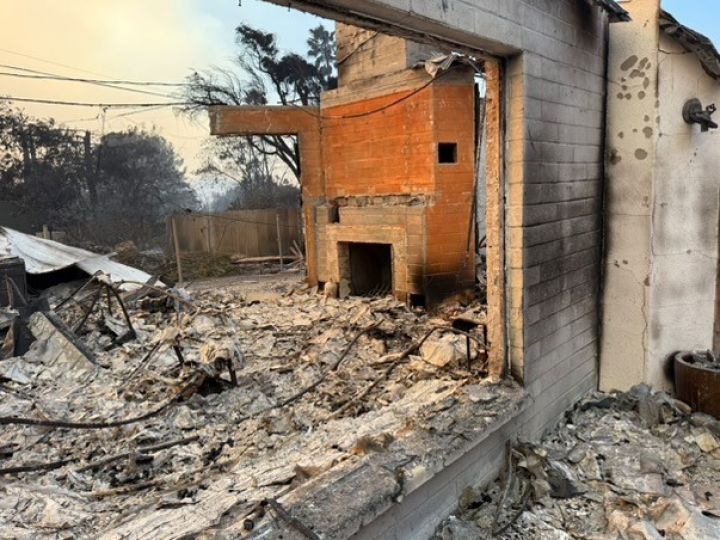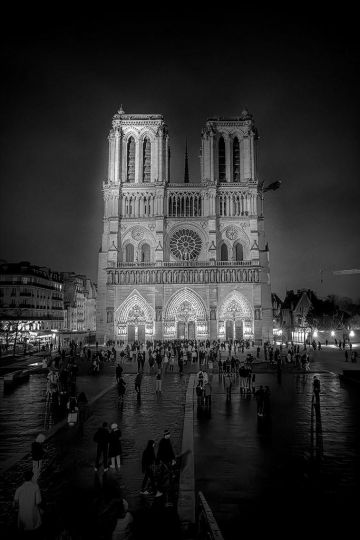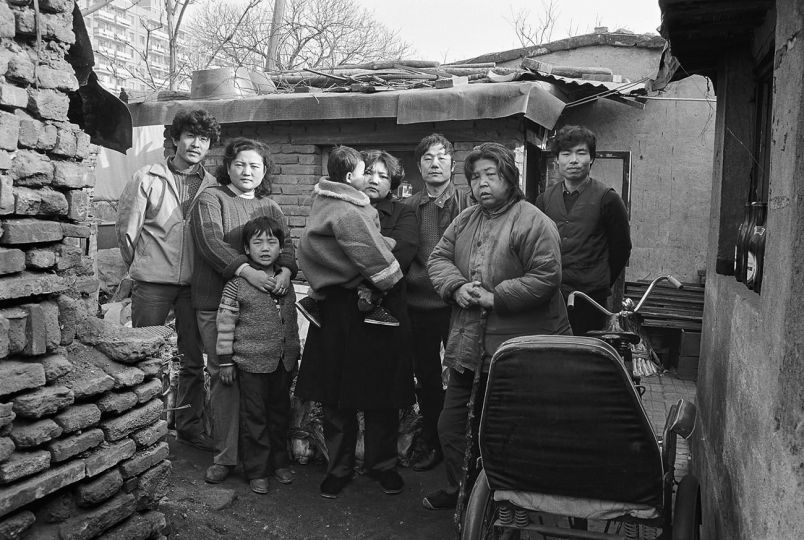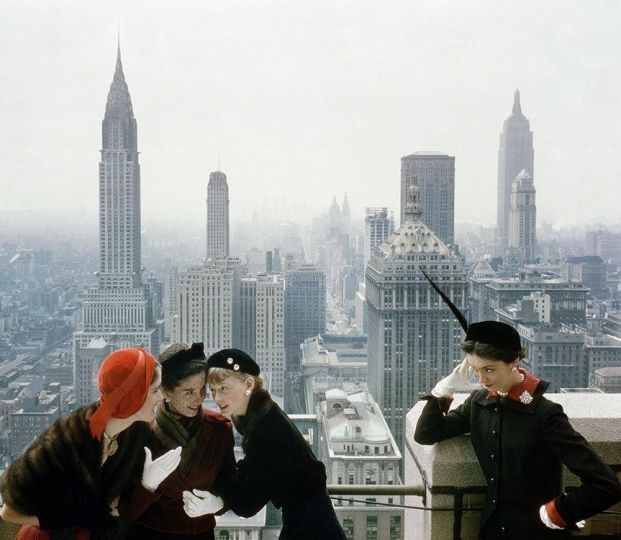On the international calendar, art fairs and biennials come one after the other. These events may be temporary, but the places where they are held remain as history’s proof of past events.
Every year In Venice, the Giardini parkland welcomes either the Venice Biennale of Architecture (even years) or the Venice Biennale (odd years), held for the first time in 1895 at this same location.
For the first decade, a central pavilion housed the biennial. Then the organizers offered in 1905 that each participating country build its own pavilion. In 1907, Belgium was the first foreign country to erect its own pavilion in the Giardini.
In 2012, the Swiss architects Diener & Diener invited 33 participants—architects, artists, historians, philosophers—from different countries to write an essay on each of the thirty surviving pavilions in the Venice Giardini, and asked the late Gabriele Basilico (1944 – 2013) to photograph the pavilions inside and out.
This project, entitled Common Pavilions, was conceived for the thirteenth Venice Biennale of Architecture, which ran from August 29 to November 25, 2012. The exhibition is now on display through May 9, 2013, at Aedes Berlin, and has been turned into a book published by Scheidegger & Spiess Verlag.
At the gallery, each black-and-white photographs is enclosed in a plexiglass box, serving as a kind of individual showcase for each pavilion photographed by Basilico. The works are displayed side-by-side, as in an artist’s studio, where the canvases cover the walls and, over time, each other.
The presentation achieves a nice mis-en-abyme effect with the Giardini landscapes. The 30 pavilions built over nearly a century trace the development of contemporary art on an international level. The visitor finds himself in the heart of the Giardini, magnified by Basilico. The pavilions look like places of meditation, surrounded by nature, part sanctuary, part cemetery. They are powerful symbols of the past. The 1964 International Charter for the Conservation and Restoration of Monuments and Sites of Venice describes them as follows: “Imbued with a message from the past, the historical monuments of generations of people remain to the present day as living witnesses of their age-old traditions … It is essential that the principles guiding the preservation and restoration of ancient buildings should be agreed and be laid down on an international basis, with each country being responsible for applying the plans within the framework of its own culture and traditions.”
Some of the pavilions have been renovated, expanded or remodeled since their construction, often in response to the political and stylistic developments of the countries they represent. The German pavilion, erected in 1909, was demolished and rebuilt in 1938 under the National Socialist regime. The Nazi emblem placed above the entryway was removed after World War II in 1945. An important debate has been ongoing for years: the German pavilion is classified and protected by Italian law as a historical monument, but in 2010 the German Federal Chamber of Architects announced that the pavilion’s historical value does not justify its upkeep.
For the officials and for the thousands of visitors who come to the Giardini every year, the pavilions continue to be a constant source of debate and discussion.
Visit the pavilions yourself through…
The project’s website: www.commonpavilions.com
The catalogue : www.scheidegger-spiess.ch
The exhibition at Aedes Berlin : www.aedes-arc.de
Eva Gravayat
« Common Pavilions »
Diener & Diener Architekten with Gabriele Basilico
Curator : Adele Re Rebaudengo
Exhibition to Berlin from March 22nd to May 9th, 2013
Aedes Am Pfefferberg
Christinenstraße 18-19
10119 Berlin
Germany
Aedes presents also Julia Schulz-Dornburgs’ exhibition « Modern Ruins – A Topography of Profit »
Exhibition to Prague from September 23rd to October 20th, 2013
Festival Architecture Week Prague
Czech Republic

